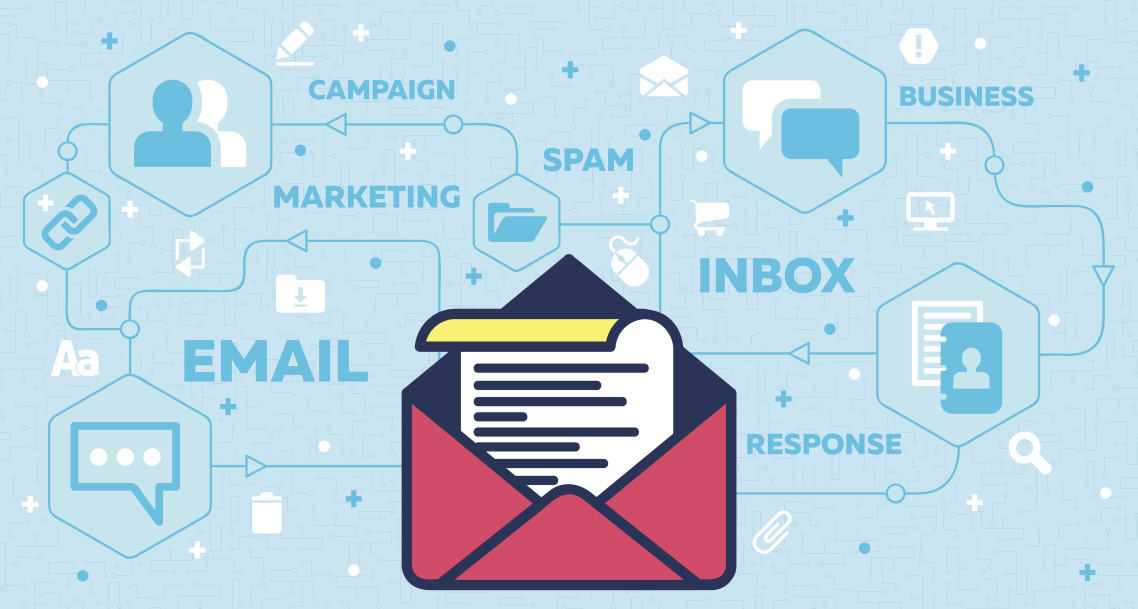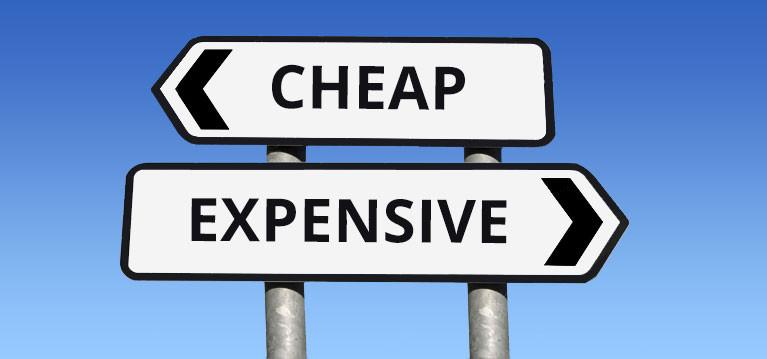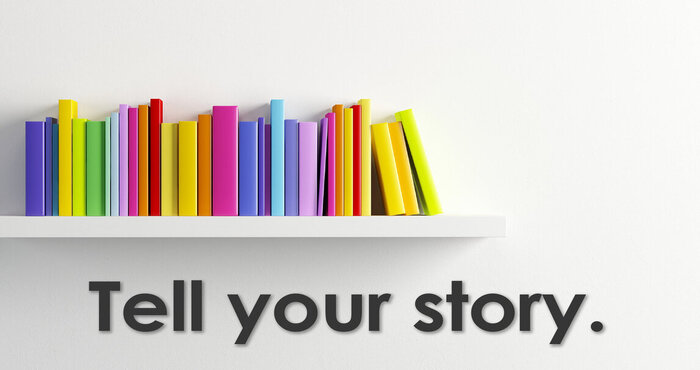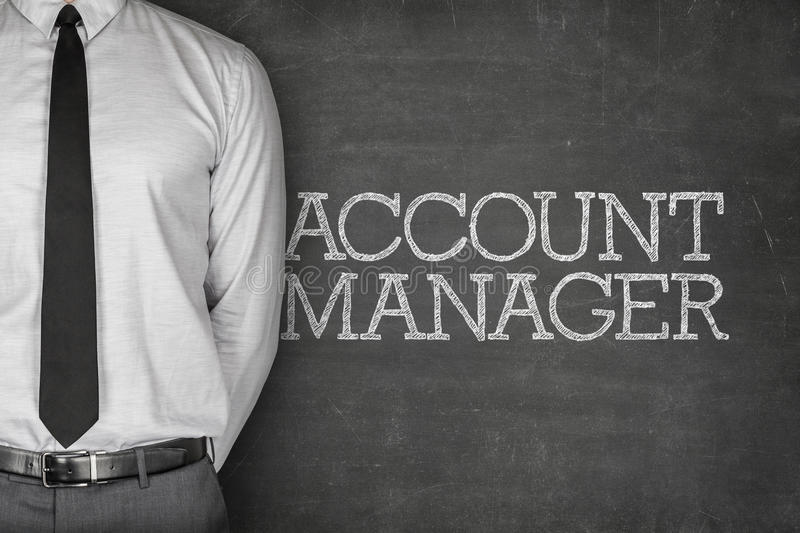
Cold emails – The golden skill
Writing cold emails or writing your first email to a lead or to any influencer whom you want to reach out to, is one of the most undervalued skills in the world today.
Are you in that bad habit of writing anything for everybody? Have you changed your writing habits and styles over the past 5 years?
If you have not, then it’s time to change. I am very sure that the results of your emails must have fallen drastically in the last few quarters! Have you checked your data? No? Go and check it first.
Go to your email inbox and filter your emails based on the last 3 years and see the response rate. If you have not changed your style of writing I am very sure you will be shocked with your findings. You might be right now at less than 20% responses.
You might be a great writer. You might be very good at English but for people to respond to your first email needs much more than just good English skills. What are they? Let’s discuss this in detail.
Time Span
Decades back when computers were yet to make an entry into our lives, it was the letters that were sent to decision-makers, pitching for services. Generally, those letters used to be filtered by the secretary, and only the good ones used to land on the decision maker’s table. Today this has been replaced by intelligent spam filters. So, as a seller, if you are sending similar types of emails to hundreds of people, the server will block you and your email will land in your target customer’s spam folder.
This is of course one aspect of the whole matter because everyone understands the importance of spam filters these days so they generally customise or personalise enough to bypass the spam filters. But that doesn’t guarantee you that your target customer will open the email. Hundreds of emails in my inbox today are lying unread so I am sure you won’t want to have a similar fate – won’t you?
People don’t read emails, they scan. To improve the open rate, you need to work on your subject lines. I only open emails when a subject line interests me. Try to be innovative but don’t take innovation too seriously. Just be yourself and keep the subject line simple and within 5-6 words. People generally check their emails first on their mobiles, so keeping a short subject line helps in viewability.
The Hook
As I said above, people scan emails so though your short and crisp subject line might prompt your target customer to open the email, will he or she read through that whole email is still a question mark.
This is where your first two lines make or break your effort. If your targeted user likes your first two lines, he or she will then make the effort to read the rest of your email. Hence your first two lines should talk more about your targeted audience’s problems rather than boasting about yourself.
Flattering works well in most cases. If your targeted customer recently got an award or released a book or one of his talk shows/videos went viral – then start your email with that point. Everyone loves to hear good things about themselves so when you start your email on that note, you will get immediate attention. This will confirm that your email won’t be passed by and it will be read.
Personalisation
After you gain the attention of your reader, it’s important that you start talking about how your product or service is going to erase a pain point in the customer’s work or life. Don’t start talking about your features yet, mention how you have found out the problems that your client is facing in his business domain and follow that with the solution that your product or service is going to provide to fill that gap.
If you have researched well and the client does have a problem which he is eagerly looking forward to solving, then the customer will read the rest of the email. So if you have not done research properly, then you will fail to get any results.
Solution
Once the targeted customer has read your email up to this portion and has not closed his email, then next he would like to know more about your offer.
You may give a gist of the features of your solution, or you can give a link to your website where everything is written in detail.
Ideally, this is your CTA (Call to Action) or you may prompt your reader to reply to the email to know more details.
Whatever is comfortable for you but you need to prompt your reader to do something after reading the email. Either he or she should reply back to learn more or your email should take them to your website. In both cases, it’s a conversion for you and your email gets its desired results.
Focus on numbers
Research has shown that the human mind gets attracted to content which talks of numbers. So when you are writing about your solution, make sure that you throw in some interesting numbers. For example: “Over the last 12 months, 75% of our clients have come from your region or your country and they have already received 100% ROI. If you wish, I can share their detailed contact details for your perusal“.
These numbers will immediately rouse his or her interest and they will be prompted to take action (either reply to you or visit your website for more details)
Follow-Ups
Follow-Ups is one of the most underrated traits in successful sales.
“There is ample chance that I like what I read but because I am busy I could not respond“.
Today we are all living a very fast-paced life and with 100s of emails hounding us every day, it’s quite possible for us to forget about “that” email to which I wanted to respond to. This could be the case with any of your clients.
Hence, following up is the salesperson’s duty and it should be done diligently. I suggest the Fibonacci sequence for follow-ups.
What is a Fibonacci sequence?
A Fibonacci sequence is a series of numbers where the next number is found by adding up the two numbers preceding it.
0, 1, 1, 2, 3, 5, 8, 13, 21 is a Fibonacci series of numbers.
So, Day 0 is the day when you send the first email. Give a gap of one day and then shoot your first follow-up. Then another gap of one day for the next follow-up. After this give a gap of two days, then three days and then 5 days. The follow-ups can be through multiple channels. It need not be always via email if you have your customer’s WhatsApp or skype details.
But follow up you must and it’s equally important that when you follow up, you follow the same principle of personalising your emails or calls.
As a final shot, please remember that no one is obligated to respond to you, and you as the email sender need not be frustrated if the conversion doesn’t happen. Remember, Rome was not built in a day. You need to be patient. Consistency, patience, and persistence are the keywords that you should swear by and they will lead you to success.
A book that is highly recommended for writing cold emails is, How do I write this email by Danny Rubin. It’s worth the investment if you truly want to master the game.
Do you write cold emails?
What’s the strategy you follow?
What has been your success rate?
P.S. You can test your skill by sending customised and personalised connection requests to a few of your targeted customers over LinkedIn and check out your conversion ratio. It’s a good place to start cold emailing.







